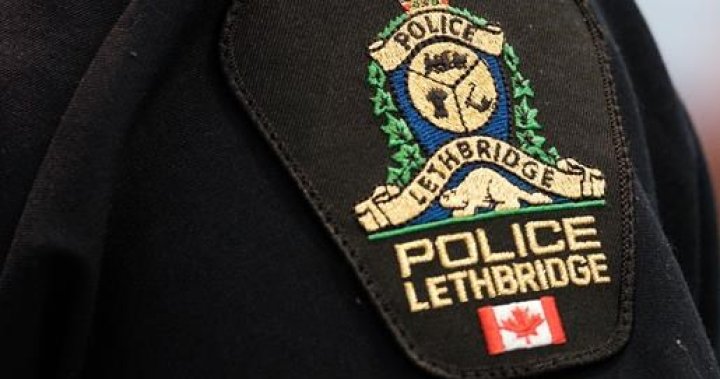The Lethbridge Police Service has begun equipping officers with body-worn cameras, joining a growing provincial trend aimed at enhancing transparency and accountability in law enforcement. After months of preparation, the first phase of deployment started in mid-April, with cameras now adorning the uniforms of patrol officers across the city.
“This technology allows us to capture interactions between officers and the public from a first-person perspective,” explained Inspector Allison Barkley during a media demonstration at LPS headquarters. “It’s about creating an objective record while building community trust.”
The rollout comes as part of a broader Alberta initiative. Last year, the provincial government announced $1.7 million in funding to help municipal police services implement body camera programs, with Justice Minister Mickey Amery emphasizing that “transparency in policing is non-negotiable in modern law enforcement.”
I examined the Lethbridge Police Commission’s public reports, which revealed the city allocated $760,000 for the initial five-year contract with Axon, the technology provider. The program includes 90 cameras that will eventually be worn by all frontline officers.
For Sergeant Mark Slade, who oversees the implementation, the advantages extend beyond accountability. “These cameras protect both the public and our officers,” he told me while demonstrating the activation process. “When people know they’re being recorded, we often see de-escalation happen naturally.”
The cameras activate automatically when officers draw their service weapons or tasers, but officers must manually start recording during routine interactions. Each device captures approximately 12 hours of footage before requiring recharging.
Civil liberties organizations have cautiously welcomed the move while raising privacy considerations. Sharon Polsky from the Privacy and Access Council of Canada noted, “Body cameras can be positive tools for accountability, but we need robust policies governing when footage can be accessed, how long it’s retained, and who can view it.”
I reviewed Lethbridge’s body camera policy, which requires officers to inform citizens they’re being recorded when practicable and prohibits recording in sensitive locations like healthcare facilities except during active investigations. All footage is stored on secure Canadian servers with strict access controls.
The technology has shown promising results elsewhere. In Calgary, where body cameras have been fully implemented since 2019, an internal police review found a 35% reduction in use-of-force complaints during the first two years of deployment.
However, effectiveness depends on proper implementation. A 2022 study from the University of Toronto’s Citizen Lab found that without strong oversight mechanisms, body camera programs can “become surveillance tools rather than accountability measures.”
For community advocates like Ingrid Hess, director of the Southern Alberta Justice Coalition, the cameras represent progress but not a complete solution. “Body cameras are just one piece of the puzzle,” she said during a public consultation session I attended. “They need to be part of a comprehensive approach to police reform that includes better training, diverse hiring, and community involvement.”
As one of the last major Alberta cities to adopt the technology, Lethbridge has been able to learn from others’ experiences. Chief Shahin Mehdizadeh emphasized this point during my interview at police headquarters. “We’ve taken our time to get this right,” he said. “We’ve consulted extensively with other services, community members, and privacy experts to develop policies that balance transparency with privacy concerns.”
The full implementation is expected to be completed by September, with all frontline officers trained and equipped. The police service plans to release quarterly reports on camera usage, including statistics on when footage has been used in investigations or complaints.
For Lethbridge residents like Maria Rodriguez, whose interaction with police during a traffic stop last week was recorded, the cameras provide reassurance. “I actually felt more comfortable knowing everything was being documented,” she told me. “It removes the he-said-she-said element.”
As body cameras become standard equipment for Alberta’s police services, their impact will ultimately be measured not just in complaint statistics, but in the public’s confidence in law enforcement. The technology itself is merely a tool—how it’s used will determine whether it truly delivers on the promise of greater accountability and transparency in policing.






